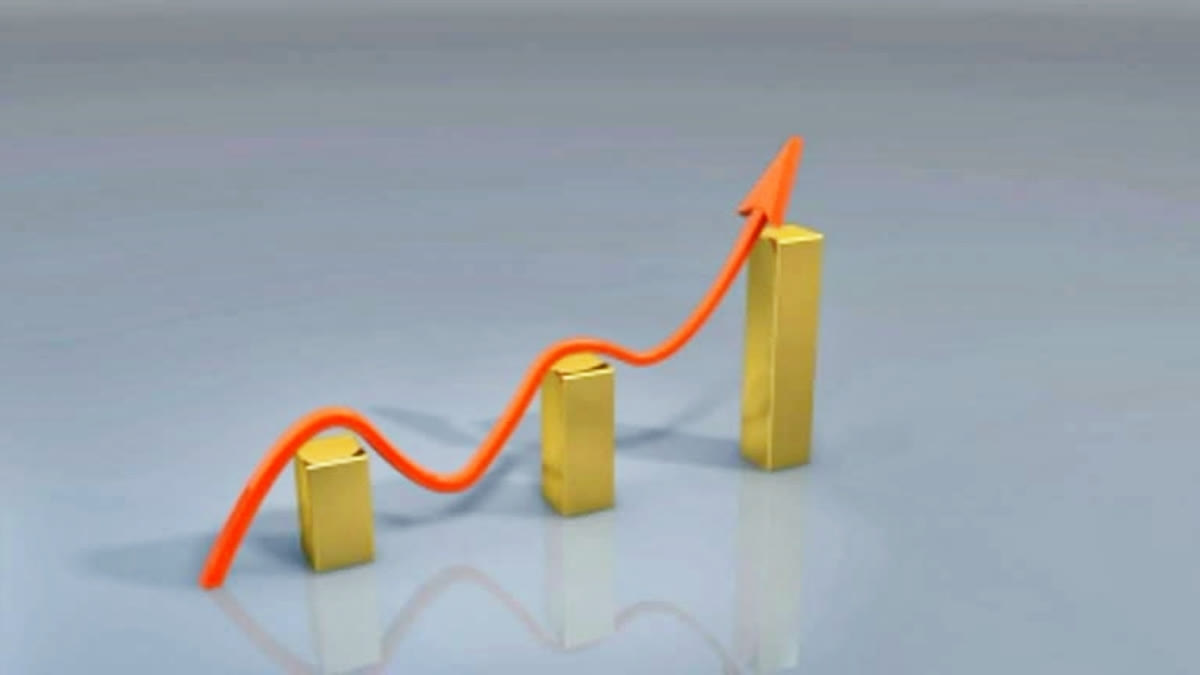United Nations:India is projected to grow at 6.2 per cent in 2024, supported by robust domestic demand and strong growth in the manufacturing and services sectors, the United Nations has said.
The UN World Economic Situation and Prospects (WESP) 2024 report, launched here on Thursday, said that gross domestic product in South Asia is projected to increase by 5.2 per cent in 2024, driven by a robust expansion in India, which remains the fastest-growing large economy in the world.
Growth in India is projected to reach 6.2 per cent in 2024, slightly lower than the 6.3 per cent estimate for 2023, amid robust domestic demand and strong growth in the manufacturing and services sectors, the report said. India's GDP is projected to increase to 6.6 per cent in 2025. The report notes that economic growth in India is projected to remain strong at 6.2 per cent this year mainly supported by resilient private consumption and strong public investment.
While manufacturing and services sectors will continue to support the economy, erratic rainfall patterns will likely dampen agricultural output, it said. Indian economy again outperformed its peers, not just this year but the last few years, Chief of the Global Eonomic Division Monitoring Branch, Economic Analysis and Policy Division (UN DESA) Hamid Rashid told reporters.
He said that India's economic growth has consistently remained over six per cent and we believe this will continue in 2024 and 2025 as well. Rashid noted that although inflation was relatively high for India, it didn't have to raise rates as much and inflation has come down quite a bit.
That has allowed the government to sustain the fiscal support that it needed, he said adding that we didn't see significant fiscal adjustments or fiscal retrenchment in India.
Overall, domestic consumption is growing, household spending has grown, employment situation has improved quite a bit. So we are very optimistic about India's growth outlook in the near term, he said.
In response to a question on factors holding back India's economic growth, Director of the Economic Analysis and Policy Division Shantanu Mukherjee cited India's GDP growth rates of four years from 2022-2025 and said: "I'm not sure that 7.7%, 6.3%, 6.2% and 6.6% is exactly holding something back.
In a kind of abstract sense, one would run the risk of overheating an economy if you grew at much faster rates at the size and complexity of India, he said.
Mukherjee noted that the Indian government has recently modified its tax collection systems and "those have also certainly helped and given a more stable playing field for businesses and other initiatives to progress. Highlighting risks facing the economy, he said some of those risks are more global in nature.
India still remains a very largely farm-based economy in many senses. And being in the tropics, it is very vulnerable to climate change. El Nino is a recurrent phenomenon but exacerbated by climate change. So should there be a shock to agricultural production, this could cause a major disruption in the economy."
Mukherjee said that while he doesn't anticipate such a shock, but should there be one, this could be problematic. One of the reasons that the consumer price index in India remained relatively within bounds, allowing the central bank to not raise interest rates too much, was that food prices and fuel prices remained relatively stable. So any shock on those lines would boomerang through the economy, he said.
Consumer price inflation in India is expected to decelerate from 5.7 per cent in 2023 to 4.5 per cent in 2024, staying within the two to six per cent medium-term inflation target range set by the Central Bank. The risk of a surge in inflation in the coming months cannot be ruled out, however, as potential increases in commodity prices and the adverse impact of climate events on food prices could disrupt the pace of disinflation, the report said.
The labour market situation in South Asia remained fragile in 2023 despite improvements in some countries.
In India, labour market indicators improved over the year, with labour force participation increasing in August to its highest rate since the onset of the pandemic, the report said, citing the Reserve Bank of India.
The unemployment rate averaged 7.1 per cent in September, the lowest value in a year, with unemployment in rural areas falling despite weaker monsoon rains. Youth unemployment rates declined significantly during the first quarter of 2023 to the lowest value since the pandemic, it said.
The report also noted that the Reserve Bank of India has been cautious about opening the country's financial markets and has been implementing appropriate risk management systems. The UN said global economic growth is projected to slow from an estimated 2.7 per cent in 2023 to 2.4 per cent in 2024, trending below the pre-pandemic growth rate of three per cent.
This latest forecast comes on the heels of global economic performance exceeding expectations in 2023. However, last year's stronger-than-expected GDP growth masked short-term risks and structural vulnerabilities, it said. The better-than-expected performance for 2023 is chiefly driven by several large economies, notably the US but also Brazil, India and Mexico, Mukherjee told reporters.
The UN's flagship economic report presents a sombre economic outlook for the near term. Persistently high interest rates, further escalation of conflicts, sluggish international trade, and increasing climate disasters, pose significant challenges to global growth.
The year 2024 must be the year when we break out of this quagmire. By unlocking big, bold investments we can drive sustainable development and climate action, and put the global economy on a stronger growth path for all, UN Secretary-General Antonio Guterres said.
Read More
- When will India become a $5 trillion economy?
- China's economy has become 'more resilient and dynamic than before', says President Xi
- India's economic growth sparks optimism as corporates anticipate profit surge
